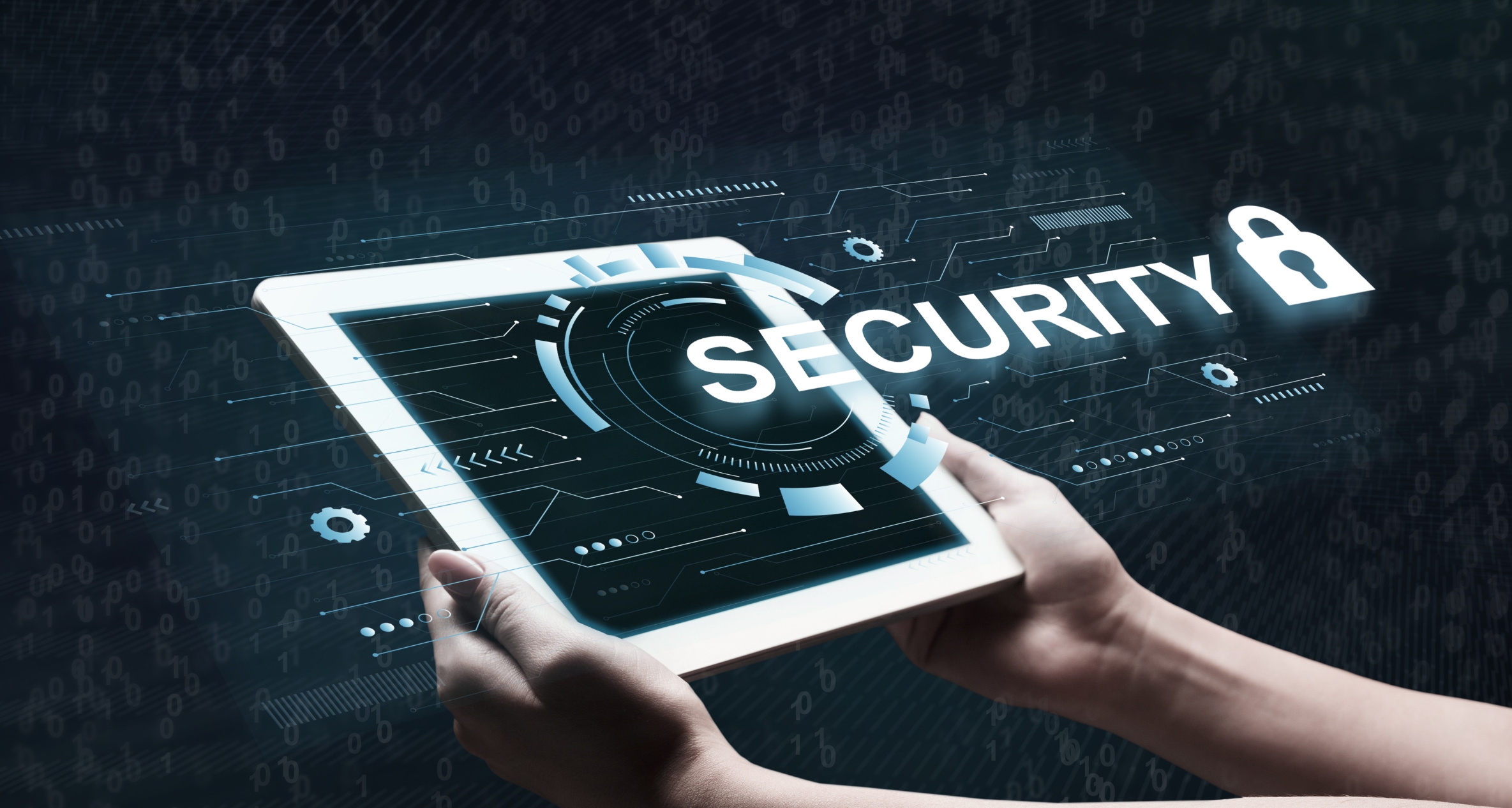Artificial Intelligence (AI) has emerged as a game-changer in various industries, and cybersecurity is no exception. The ever-evolving nature of cyber threats has made traditional methods of protection insufficient, paving the way for AI-driven solutions. While AI offers remarkable opportunities to strengthen defenses, it also presents new risks that organizations must address.
Opportunity AI Brings to Cybersecurity
1. Threat Detection and Response
AI-powered systems excel at analyzing vast amounts of data to identify patterns and anomalies that may indicate a cyber threat. Machine learning algorithms can learn from past incidents, enabling quicker detection of malware, phishing attempts, and network intrusions. Real-time monitoring allows organizations to respond to threats faster, potentially preventing breaches before they cause significant damage.
2. Automated Security Measures
AI reduces the burden on cybersecurity teams by automating repetitive tasks such as monitoring network traffic, analyzing log files, and scanning for vulnerabilities. This automation not only improves efficiency but also allows human experts to focus on more complex security challenges.
3. Predictive Analytics
Predictive AI models help organizations anticipate and mitigate future cyber risks. By analyzing historical data and emerging threat trends, AI can identify potential vulnerabilities and recommend proactive measures to address them. This is particularly useful in industries handling sensitive data, such as finance and healthcare.
4. Enhanced Endpoint Protection
AI strengthens endpoint security by identifying and neutralizing threats on individual devices. Behavioral analytics allow AI systems to detect unusual activities, such as unauthorized access attempts or data exfiltration, ensuring devices remain secure even in decentralized work environments.
5. Improved User Authentication
AI-driven biometric systems, such as facial recognition and behavioral biometrics, offer enhanced user authentication methods. These technologies reduce the reliance on traditional passwords, which are often vulnerable to attacks like credential stuffing.
Risks Associate with AI in Cybersecurity
- Sophisticated AI-Powered Cyber Attacks
As defenders leverage AI, so do attackers. Cybercriminals use AI to create more advanced malware and phishing schemes that can bypass traditional security measures. AI-driven attacks can adapt and evolve in real time, making them harder to detect and neutralize. - False Positives and Negatives
AI systems are not immune to errors. False positives can overwhelm security teams with unnecessary alerts, while false negatives can allow genuine threats to go unnoticed. Fine-tuning AI algorithms is essential to minimize these risks. - Data Dependency
AI systems require vast amounts of data to function effectively. This dependency raises concerns about data privacy and security, as sensitive information could be exposed or misused during the training process.
4. Ethical and Regulatory Challenges
The use of AI in cybersecurity raises ethical and regulatory questions, such as how decisions are made and whether they align with privacy laws.
Organizations must navigate these challenges to maintain trust and compliance.
Balancing Risks and Opportunities
To harness the full potential of AI in cybersecurity, organizations should adopt a balanced approach:
- Invest in AI-Driven Solutions: Focus on tools that complement human expertise and address specific cybersecurity needs.
- Enhance Human Oversight: Combine AI’s efficiency with human judgment to ensure effective threat management.
- Prioritize Data Security: Implement robust data protection measures to secure the datasets used to train AI systems.
- Stay Ahead of Attackers: Continuously update AI models to counter evolving threats.
AI is undeniably a powerful ally in the fight against cybercrime, but its implementation must be carefully managed. By leveraging its opportunities and mitigating its risks, organizations can create a resilient cybersecurity infrastructure that adapts to the challenges of the digital age.




